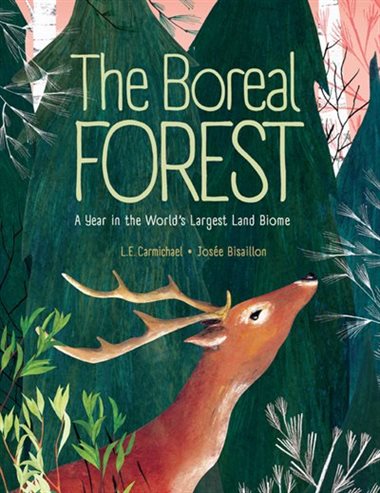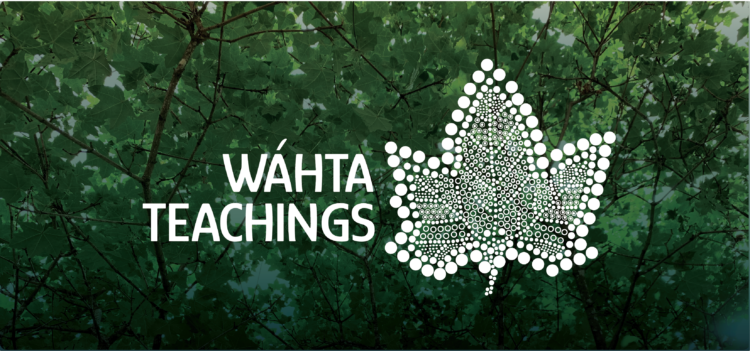By Claire Eamer
Several years ago, I wrote a book about pioneers in science and technology and how they were treated. It is called Before the World Was Ready: Stories of Daring Genius in Science (Annick Press, 2013). A couple of days ago, I had one of those awful authorly moments where you shout (internally, at least), "NO!!! I missed that!!!"
What I missed, or rather who I missed, was Alice E. Wilson, the first woman geologist in the Geological Survey of Canada. I'd never heard of her. And I should have. In fact, all Canadians should hear about her. And she should definitely have been in my book.
In Alice Wilson's case, the world at the beginning of the twentieth century -- most particularly, the Geological Survey of Canada -- was not ready for a woman to be a geologist. Wilson worked for the Geological Survey for 37 years, but only late in her career did she get the recognition (and pay) that would have come automatically to a man many years earlier.
Alice Evelyn Wilson was born in Cobourg, Ontario, in 1881, the daughter of a university professor. She and her two brothers spent much of their childhood hiking, camping, canoeing, and exploring the outdoors. They collected fossils and interesting minerals from the limestone formations around Cobourg, sparking in Alice a lifelong fascination with fossils.
When it came time to go to university, however, Alice chose to study modern languages. She explained later that at that time -- 1901 -- it was acceptable for a young woman to become a teacher, but not a scientist. Just a few classes short of her degree, however, Alice's health broke down, and she had to drop out of university for a long convalescence.
 |
| Dr. Alice E. Wilson |
Alice's boss took a liking to her and helped her get a leave of absence to finish her degree. When she returned in 1911, it was as a permanent (if very junior) staff member. She stayed with the Survey until her compulsory retirement in 1946 at the age of 65. It reportedly took five employees to cover all the work she had been doing.
Even after retirement, she kept an office at the Geological Survey and continued her research until a few months before her death in 1964. She also taught palaeontology at Carleton University in Ottawa, led field trips, and wrote scientific papers and books, including an introduction to geology for children, The Earth Beneath Our Feet (Macmillan, 1947).
During all that long career, Alice Wilson faced an ongoing struggle against the limitations placed on her as a woman. And she constantly found ways around those limitations.
She wasn't allowed to do remote fieldwork as that would mean travelling and living with men. (Scandalous!). So she conducted research in her own backyard, the St. Lawrence Valley, on foot and by bicycle, when the Survey wouldn't provide her with a car as they did for male geologists, and later in a car she bought herself. (A colleague said she was a terrifying driver, constantly talking and even turning around to address passengers in the back seat.)
 |
| Dr. Wilson waxing enthusiastic! |
She applied for leave to pursue a doctoral degree -- a slam-dunk for a male employee -- but was turned down. Repeatedly. Still, every year she applied. Finally, in 1926, the Federation of University Women took up the struggle and embarrassed the Geological Survey into granting her leave. She received her doctorate in 1929.
The promotion that should have happened automatically when she earned her doctorate actually came seven years later when the Geological Survey discovered that their lowly female employee was receiving international recognition, including appointment as a Member of the Order of the British Empire (MBE) and election as a Fellow of the Geological Society of America. Two years later came another first: Alice Wilson was the first woman elected a Fellow of the Royal Society of Canada.
When asked in an interview how she coped with the resistance she met as a woman in science, she said: "If you meet a stone wall you don't pit yourself against it, you go around it and find a weakness." Dr. Alice Wilson found enough weaknesses in the various stone walls she encountered to achieve plenty of recognition in her own lifetime and after: an honorary doctorate from Carleton University; a photostory about her from the National Film Board; articles in major newspapers; and, in 1959, the Geological Survey held a reception to recognize her 50 years in geology, presenting her with bookends and a paper weight made from marble quarried in a marble deposit she had herself discovered.
Since her death, the honours continue. A meeting room at the Geological Survey's headquarters was named Alice Wilson Hall. In 2018, a plaque honouring her was installed in the Canadian Museum of Nature. And the Canadian Federation of University Women manages the annual Dr. Alice E. Wilson Awards, given to women pursuing graduate studies in the sciences.
And I really REALLY wish she were in my book!
Sources:
Alice Evelyn Wilson (1881-1964), on the website of the Chair for Women in Science and Engineering
Ricard, Alicen. Women's History Month: Dr. Alice Wilson, on the website of Westcoast Women in Engineering,Science and Technology, October 1, 2018.
Sarjeant, William A. S. Alice Wilson, first woman geologist with the Geological Survey of Canada, in Earth Sciences History, v. 12, no. 2, 1993, p. 122-128.
Sinclair, G. W. Memorial to Alice E. Wilson (1881-1964), in Bulletin of the Geological Society of America 77 (1966), p. 215-218.
Soldati, Arianna, and Cassie Freund. Meet Alice Wilson, the Canadian geologist who did the work of five people, on the website Massive Science, Feb. 27, 2020.
Note: Photos retrieved from NRCan and used under the Open Government Licence -- Canada: https://open.canada.ca/en/open-government-licence-canada










